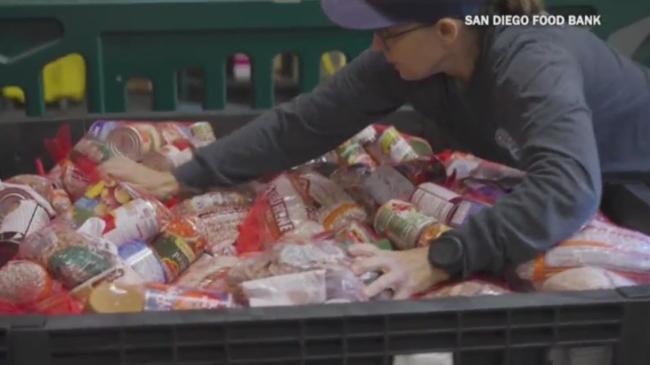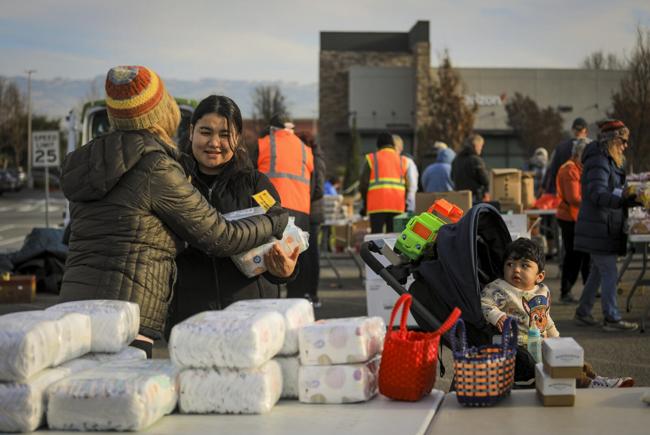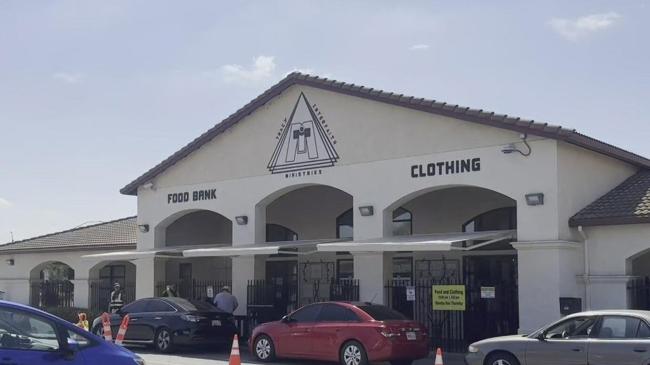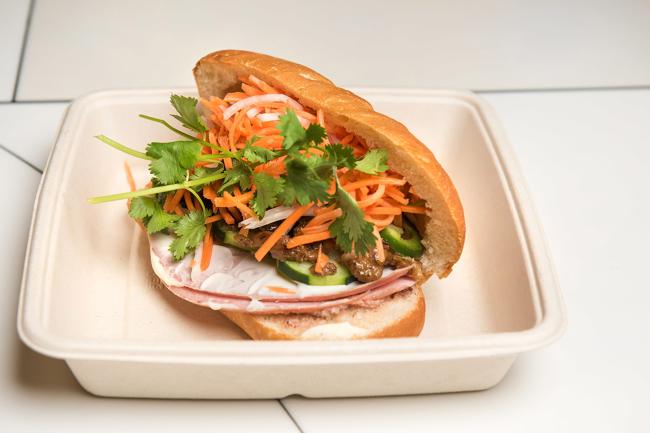Summary
Shipments of about 1.85 million pounds of food that were expected to arrive at the San Diego Food Bank were cancelled by the U.S. Department of Agriculture.
Source: KSWB-TV San Diego on MSN.com

AI News Q&A (Free Content)
Q1: What are the potential impacts of USDA's cancellation of food shipments on the San Diego Food Bank?
A1: The cancellation of 1.85 million pounds of food shipments by the USDA to the San Diego Food Bank could significantly strain the organization's ability to provide for those in need. The food bank relies heavily on these shipments to meet the demands of local food pantries and shelters. The cuts may lead to increased food insecurity, as local nonprofits and food pantries will need to seek alternative sources to fill the gap, potentially leading to increased reliance on local donations and community support.
Q2: How do current economic conditions and USDA cuts affect food security in the U.S.?
A2: Current economic conditions, including inflation and the cessation of pandemic-era assistance programs, have already heightened food insecurity. The USDA's cuts exacerbate this issue by reducing the availability of food for food banks, which have reported increased demand. As a result, many food pantries may struggle to survive, and the cuts could also impact agricultural sectors, including farmers and meat producers, who supply these food banks.
Q3: What recent innovations might help food banks improve their operational efficiency amid supply cuts?
A3: Recent innovations, such as the adoption of blockchain technology in food bank supply chains, could improve operational efficiency by providing real-time inventory tracking and guaranteeing compliance with food safety regulations. This integration can enhance the transparency, efficiency, and reliability of food bank operations, potentially helping them manage resources more effectively amid supply cuts.
Q4: What does recent research suggest about the impact of food supply cuts on public health?
A4: Recent research indicates that disruptions in food supply can have significant public health impacts. Food shortages and insecurity can lead to malnutrition and associated health issues, particularly in vulnerable populations. Ensuring stable food supplies is essential to mitigating these health risks and maintaining public health.
Q5: How does the concept of 'food assistance deserts' relate to the accessibility of food programs?
A5: The concept of 'food assistance deserts' refers to areas with insufficient access to food assistance programs, such as food banks. Accessibility is often influenced by demographic and geographic factors. Identifying and addressing these deserts is crucial for improving food security, as it allows food banks to target underserved areas and optimize resource allocation.
Q6: What are the broader implications of USDA funding cuts for local economies and communities?
A6: USDA funding cuts can have wide-ranging implications for local economies. They may lead to increased food insecurity, affecting not only individuals and families but also local businesses and agriculture. These cuts could also result in higher demand for local food donations and support, placing additional pressure on already stretched community resources.
Q7: What strategies can food banks employ to mitigate the effects of reduced USDA support?
A7: Food banks can employ several strategies to mitigate the effects of reduced USDA support, including diversifying their funding sources, building partnerships with local businesses and farms, leveraging technology for better resource management, and increasing community engagement to boost local donations. These strategies can help maintain supply levels and ensure continued support for those in need.
References:
- USDA Cuts More Than $1 Billion in Assistance, Hitting Food Banks Across the US
- Fox5 San Diego: USDA cuts impact San Diego's emergency food program
- Application of Clustering Analysis for Investigation of Food Accessibility
- Rahul Srinivas Sucharitha, Seokcheon Lee
- Blockchain Technology Adoption in Food Bank Supply Chains: A Rough DEMATEL-Based Approach
- Sara Damavandi, Laura Berardi, Sina Abbasi
- Spatiotemporal characteristics of agricultural food import shocks
- Yin-Ting Zhang, Duc Khuong Nguyen, Wei-Xing Zhou





